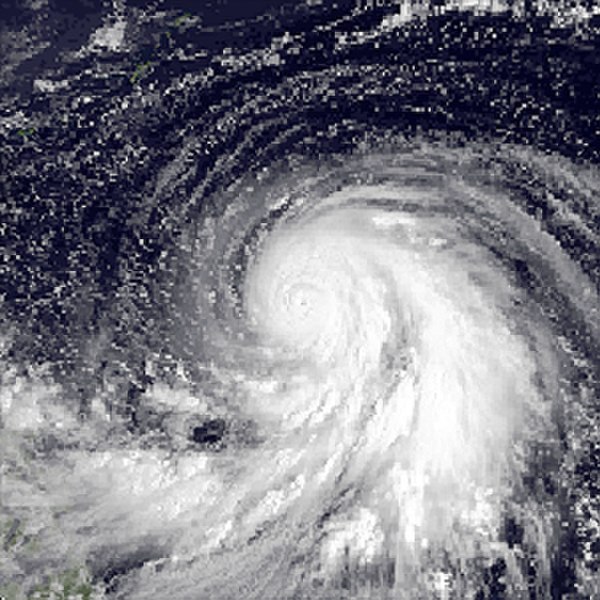1983 North Indian Ocean cyclone season
The 1983 North Indian Ocean cyclone season was part of the annual cycle of tropical cyclone formation. A season has no official bounds but cyclones tend to form between April and December. These dates conventionally delimit the period of each year when most tropical cyclones form in the northern Indian Ocean. There are two main seas in the North Indian Ocean—the Bay of Bengal to the east of the Indian subcontinent and the Arabian Sea to the west of India. The official Regional Specialized Meteorological Centre in this basin is the India Meteorological Department (IMD), while the Joint Typhoon Warning Center (JTWC) releases unofficial advisories. An average of five tropical cyclones form in the North Indian Ocean every season with peaks in May and November. Cyclones occurring between the meridians 45°E and 100°E are included in the season by the IMD.
1983 North Indian Ocean cyclone season
1983 North Indian Ocean cyclone season
1983 Pacific typhoon season
The 1983 Pacific typhoon season was the latest start for a Pacific typhoon season on record, and also slightly below-average in terms of named storms. It ran year-round in 1983, but all tropical cyclones formed between June and December. These dates conventionally delimit the period of each year when most tropical cyclones form in the northwestern Pacific Ocean. A total of 32 tropical depressions formed this year, of which only 23 became tropical storms and were assigned a name by the Joint Typhoon Warning Center. Additionally, tropical depressions that enter or form in the Philippine area of responsibility are assigned a name by the Philippine Atmospheric, Geophysical and Astronomical Services Administration or PAGASA. This can often result in the same storm having two names. This year, a total of 23 storms were named this way.
1983 Pacific typhoon season



